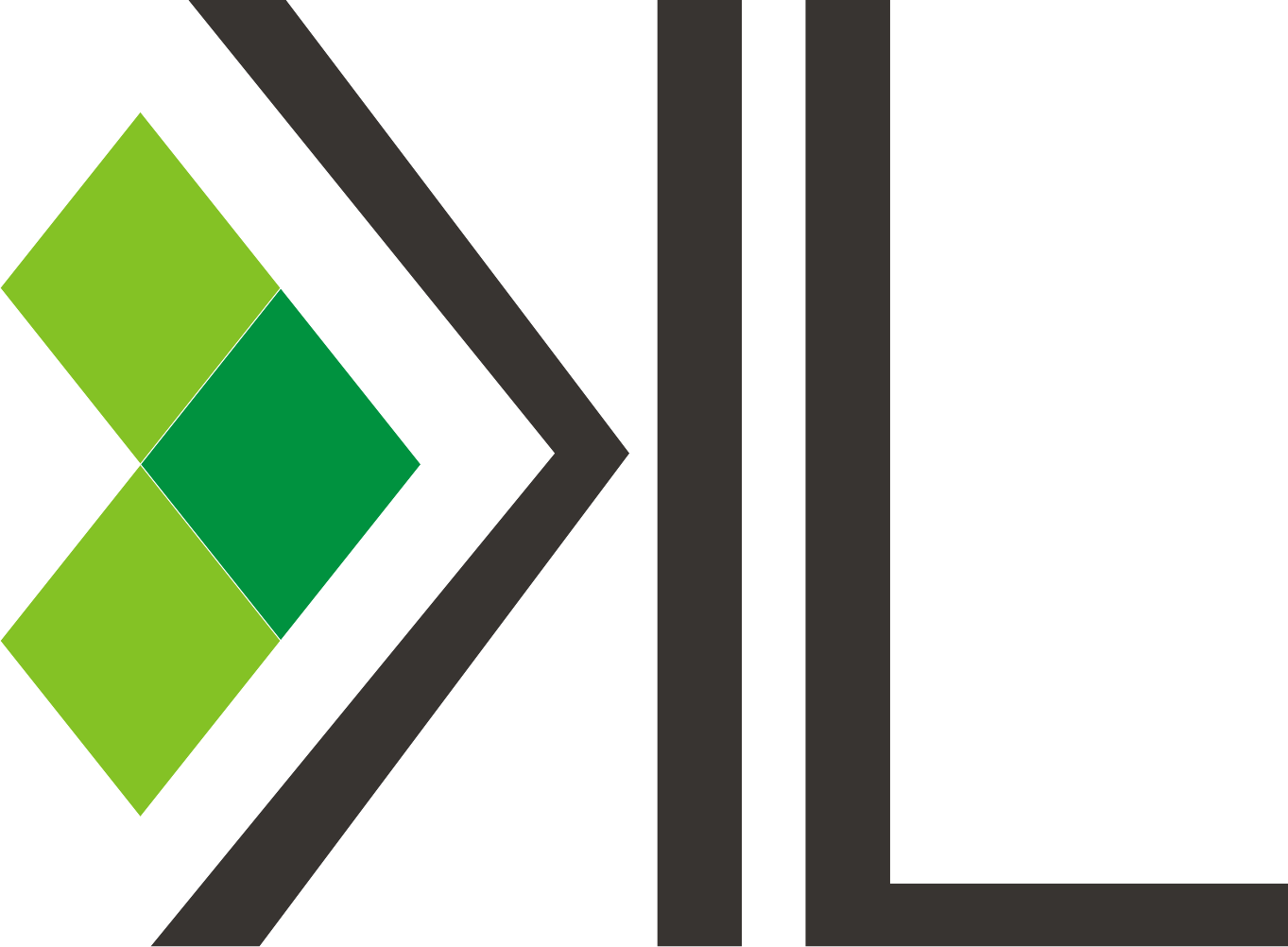Rule and Irregularity – The Infinite Realm of Abstraction, Pop-up exhibition at Night of Artefacts Festival
Closed
|Budapest
A Selection by Zsolt Petrányi


Time and Location
Closed
Budapest, Budapest, Krisztina krt. 37a, 1013 Hungary
About
Rule and Irregularity – The Infinite Realm of Abstraction
A Selection by Zsolt Petrányi
The history of abstract art dates back to the beginning of the twentieth century. In the long pre-
twentieth-century period of the history of art, the value of patterns and surfaces was repeatedly
discussed. However, the breakthrough came in the first decade of the twentieth century in the
context of the Avant-Garde movements. From the initial rejection of representational art, the
question arose: rule or irregularity?
The two approaches seem to contradict each other: one group interpreted abstraction as a form of
art created according to different, predetermined guidelines, where rules play a more important role
than individual gestures. The other, more psychologically oriented group of artists thought that
abstract painting establishes an arena for the expression of psychological impulses. Therefore, no
rules could influence artistic creativity. The painter’s handwriting, as an expression of personality,
emerges as the most important aspect.
Of course, the rigid boundaries between the two approaches are now blurred. New formal elements
and techniques appear, proving that abstraction is inexhaustible. The visuality of the work, as the
methods deployed during its creation, reveals a lot about the artists, whether they prefer to rely on
rules or the notion of free expression.
The exhibition “Rule and Irregularity” presents this duality and the interoperability of perspectives
through the work of different generations of artists. The selected artists have been recognised and
collected by museum collections, and their importance in the domestic art scene is unquestionable.
Thus, the exhibition presents an art- historical palette that traces these attitudes from the 1960s to
the present day, providing an opportunity to open a discussion on the different perspectives of the
genre. Dóra Maurer, Gizella Rákóczi and Zsigmond Károlyi represent the rule-oriented approach,
while Krisztián Frey, Endre Hortobágyi and László Lakner represent a freer creative method. The work
of Judit Reigl, István B. Gellér and Gergő Szinyova is proof that these approaches can coexist because
their works create a balance between the various possibilities.
The exhibition features three artworks by each artist. Larger-scale works and smaller ones are
juxtaposed as scale provides different possibilities through the deployment of technique – not to
mention the differences in what the viewer experiences when confronted with various expanses of
colour. The artistic process of the works varies widely, which shows the wide range of results that
can be achieved in abstract art based on the rules that the artists set for themselves in the act of
painting. The application of colour with a brush provides the foundational basis of the genre. After
all, we are talking about painting, but the preference concerning the revealing or hiding of gestures
and brushstrokes varies from one œuvre to the next. After the Second World War, a wide array of
techniques emerged that showed new ways of applying colour, and the selection reveals relevant
examples of this.
Abstract art changes with the times – visual culture changes with technology, society and our
everyday lives. This consequently affects the colours, shapes or techniques the artists choose to
express themselves, their surroundings and their times. Naturally, artists are inspired by new
influences that transform their visual world. Where and when an abstract work was created may not
be as easy to determine as in the case of a figurative painting, but the “Zeitgeist” can be decoded
from the works. This is one of the reasons why this creative approach has always continued to
innovate and say something new.
The preferences concerning rule or irregularity, order and chance in abstract art emerge as a
question of mentality. Both the creator and the viewer might have different interpretations based on
the order created by the artist or the accidental flow of the paint material. Still, the result is similar:
the infinite possibility of colours and forms, of organised compositional schemes or deviations from
these visual systems. It is preferable if the results affect us – the audience of art – differently again
and again.
Zsolt Petrányi, Ph.D. art historian
Hungarian National Gallery, Contemporary Collection
EXHIBITING ARTISTS
Krisztián Frey
István B. Gellér
Endre Hortobágyi
László Lakner
Zsigmond Károlyi
Dóra Maurer
Judit Reigl
Gizella Rákóczi
Gergő Szinyova

